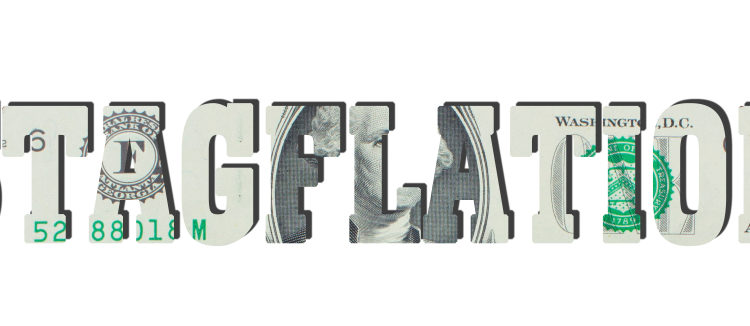Weak August job growth and higher wages added to the risks of the U.S. economy slipping into stagflation, complicating things for Wall Street and the Federal Reserve.
According to statistics released by the U.S. Bureau of Labor Statistics on Friday, the U.S. economy added 235,000 jobs in August, far below the 720,000 markets have expected and the 1.1 million added in July.
Thus far this year, monthly job growth has averaged 586,000. In August,
most job gains were in professional and business services, transportation and warehousing, private education, manufacturing, and other service sectors that benefited from the re-opening of the economy. Yet there were job losses, too, such as in retail trade, where employment declined from the previous month.
Meanwhile, the unemployment rate, or the percentage of people without a job but actively looking for one, dropped by 0.2 percentage point to 5.2 percent.
Lower unemployment helped push wages higher by 3.6%, raising concerns that these higher business costs will be passed on to consumers, escalating inflation.
Adding to fears of Stagflation
Job growth and unemployment data should be interpreted with extreme caution these days, for several reasons. One of them is the spread of the COVID-19 Delta Variant, a significant setback for the re-opening of business offices and the recovery of tourism and travel.
Then there is the problem with the re-opening of childcare facilities to accommodate the return of parents to work.
Plus, there are the generous government benefits that pay some people more to stay home than to return to work.
Meanwhile, a drop in labor force participation in the last year by 1.7 percent distorts the unemployment numbers.
The good news for businesses is that the federal benefits that keep people out of the labor market expire soon, easing the labor shortages and wage pressures.
Nonetheless, debt markets do not like the recent wage spike, as it adds to inflationary expectations. That could explain a jump in the 10-year and the 30-year Treasury bond yields on Friday, which are most sensitive to future inflation.
Meanwhile, equity markets do not like the weak jobs report either. Fewer jobs mean lower income growth and lower consumer spending. That isn’t good news for the top line of listed firms in the consumer sector.
Compounding the problem is the weak July retail sales report, which was released a couple of weeks ago. Retail sales declined 1.1% in July from the previous month, far worse than the 0.3% decline markets expected and a significant reversal from a revised 0.7% growth in June. The report fueled stagflation fears on Wall Street. Now, the August jobs report comes to add to those fears.
In short, Wall Street gets more evidence that the U.S. economy is heading into stagflation, a combination of economic stagnation and high inflation, complicating things for the Fed and investors.
Complicating Things for the Fed and for Investors
Stagflation is a difficult place for the Fed to be. It must deal with two problems at the same time, but it doesn’t have the tools for that. It must choose to either defer its bond tapering program to help the economy grow and create more jobs, or go ahead with tapering to fight inflation.
The Fed’s dilemma complicates things for investors, too. They must keep on guessing which direction the Fed will lean, to place bets on different asset categories.
Summary and Conclusions
A couple of weeks ago, weak July retail sales, combined with strong inflation numbers, raised the spectrum of the return of stagflation.
This week, weak August job growth and rising wages added to these fears complicating the jobs of the Federal Reserve and of investors.
Disclaimer: The information contained in this article represents the views and opinion of the writer only, and not the views or opinion of Tipranks or its affiliates, and should be considered for informational purposes only. Tipranks makes no warranties about the completeness, accuracy or reliability of such information. Nothing in this article should be taken as a recommendation or solicitation to purchase or sell securities. Nothing in the article constitutes legal, professional, investment and/or financial advice and/or takes into account the specific needs and/or requirements of an individual, nor does any information in the article constitute a comprehensive or complete statement of the matters or subject discussed therein. Tipranks and its affiliates disclaim all liability or responsibility with respect to the content of the article, and any action taken upon the information in the article is at your own and sole risk. The link to this article does not constitute an endorsement or recommendation by Tipranks or its affiliates. Past performance is not indicative of future results, prices or performance.









